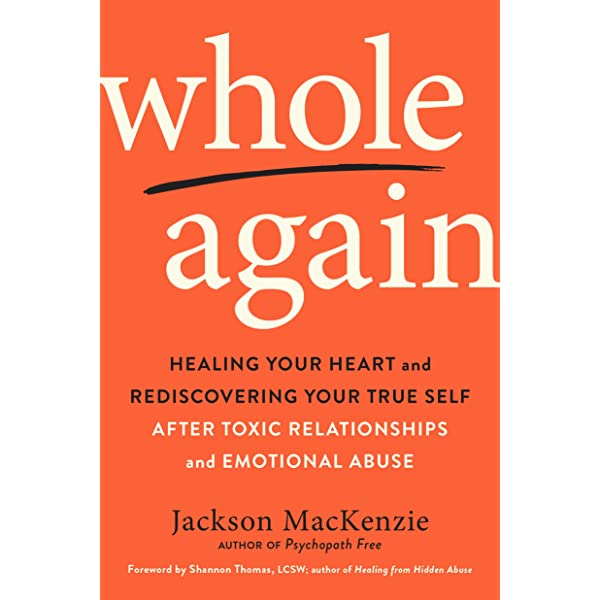The book’s core concept is that a traumatic core wound leaves a false message embedded in our psyches. These false, negative self-beliefs are what actually continue to hurt us: that the story or events or context or content of the original situation is not really the issue. (Ultimately, everything is impersonal: we were wounded by wounded people – which is more causality than intention – something my psychiatrist continually says to de-personalize the story)
Rather – in the present – it is the negative self-beliefs implanted in us through whatever might be our personal trauma story that cuts us off from unconditional love – and it is that which continues to cause us psychological pain by making us feel we are not loveable.
The book then describes a general model of how each core wound leads to slightly different negative self-beliefs which give rise to different “protective-selves”.
“The foundation of all mental illness is the unwillingness to experience legitimate suffering.” — C.G. Jung
The role of the protective self is to hide the original pain of the false, negative self-belief by overcompensating towards the opposite direction of the feeling it wants not to feel (to protect us from). For example, someone who has a wound around feeling helpless or powerless might develop a protective self that seeks to dominate others or control everything. Or, someone who has a wound around being rejected will develop a protective self that will please others or defend itself preemptively from rejection by rejecting first. The author relates these protective selves to different personality types and personality disorders.
While I agree with the model in general, I think it is clumsy to relate specific wounds to personality types in a pseudo-scientific way. I could recognize myself, my family, and people I know in multiple aspects in the descriptions of the different personality types. And it is interesting to get some insight into how those around us operate, but it doesn’t really add anything to the main takeaway…
For me, the main takeaway is that we must ultimately come to unconditionally love ourselves. That alone – unconditional self-love – is the foundation of psychological health and wholeness.
The process he describes of “unnumbing” to first feel the psychosomatic pain caused by false, negative self-beliefs before letting them go also really hit home for me.
I relate the protective numbing to the epigenetic deactivation of certain areas of the brain to not overwhelm our brains with too intense or unresolvable emotional crises. Being present with the numbness to surface the emotional pain it is shielding us from so that we can resolve it makes a lot of sense. And agrees with what my Guru call emptying out.
Basically:
- to come to unconditional self-love you need to remove the false negative self-beliefs.
- To remove false negative self-beliefs you must first come in contact with the pain they cause.
- To come into contact with the pain caused by false negative self-beliefs, you must unnumb yourself through a process of mindfully abiding with the numbness until the pain surfaces.
The author suggests using Tara Brach’s RAIN meditation as the basic practice for unnumbing yourself. Which is going to be my next step.

